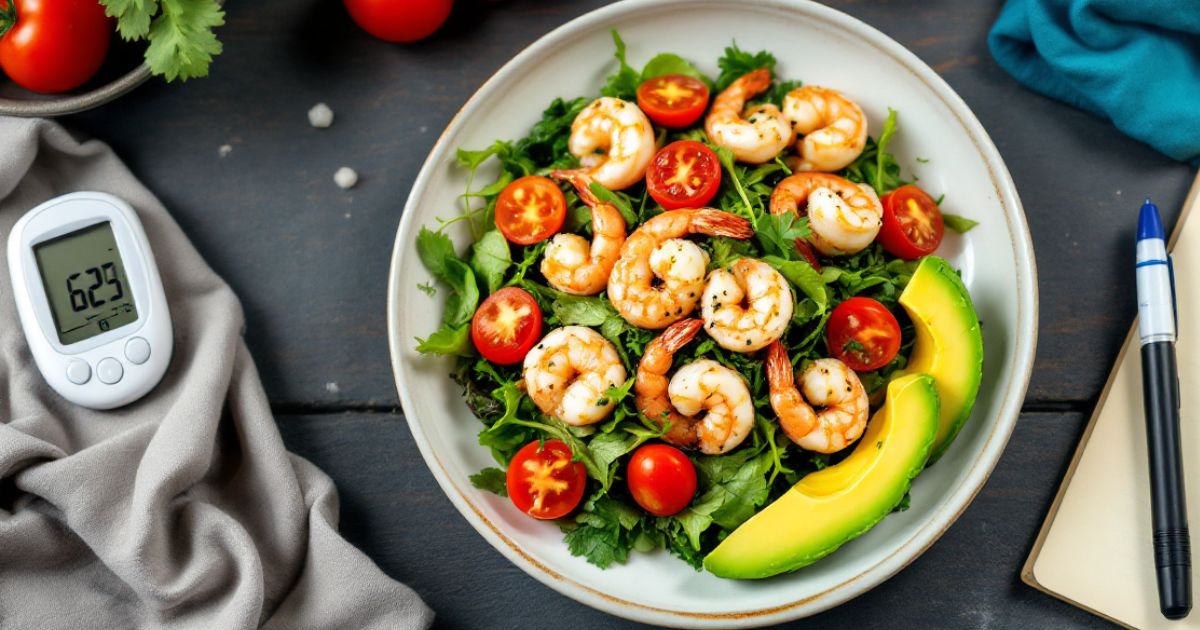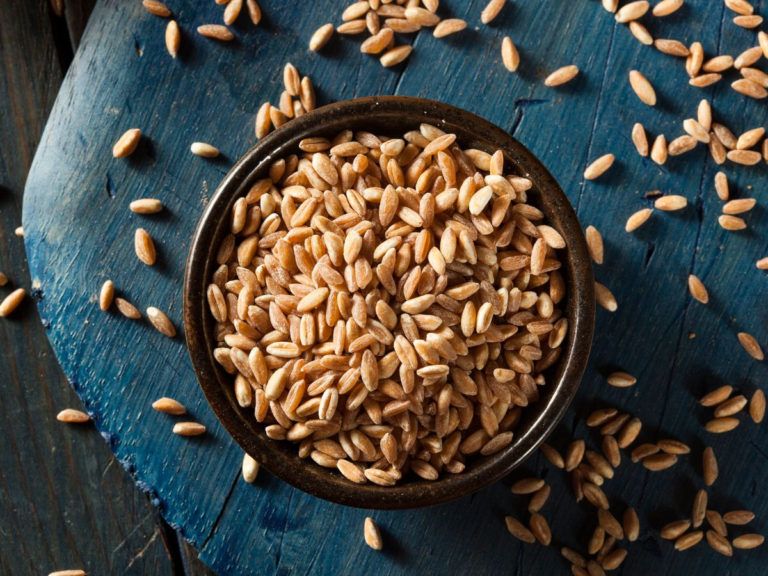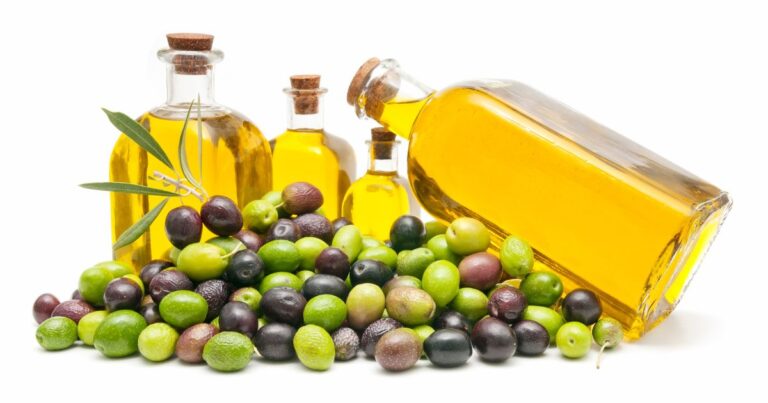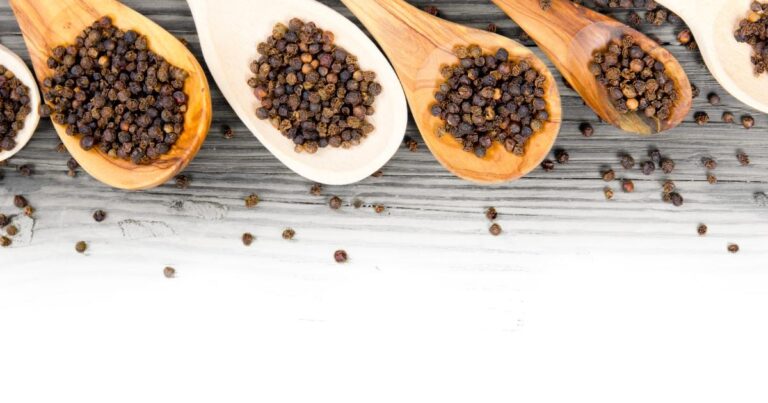When People With Diabetes Eat Shrimp
Having to live with diabetes means paying close attention to what you eat, especially when it comes to managing your blood sugar levels. A common question I hear is, “Is shrimp good for diabetics?” The short answer is yes, shrimp can be a good choice for those managing diabetes, but like everything else, moderation is key. Let’s make a splash and dive deep into all the health benefits and potential risks of someone with diabetes when they eat shrimp.

Blood Sugar Below Sea Level
As an executive chef with over 25 years in the kitchen, a father to two wonderful daughters who are my sous-chefs at home, and a member of a large, food-loving Sicilian family, I’ve always believed in the power of food to bring us together and keep us well.
With diabetes touching my family closely, I’ve learned to look at our plates differently, especially regarding seafood like shrimp.
Shrimp, a popular seafood choice for many, often lands on our plates at family gatherings, tempting us with its delicate flavor and versatile cooking possibilities.
But is shrimp good for diabetics? The question deserves a straightforward answer: Yes, shrimp can be a good option for people with diabetes, but there’s more to the story.
Table of Contents
Is Shrimp Good For Diabetics?
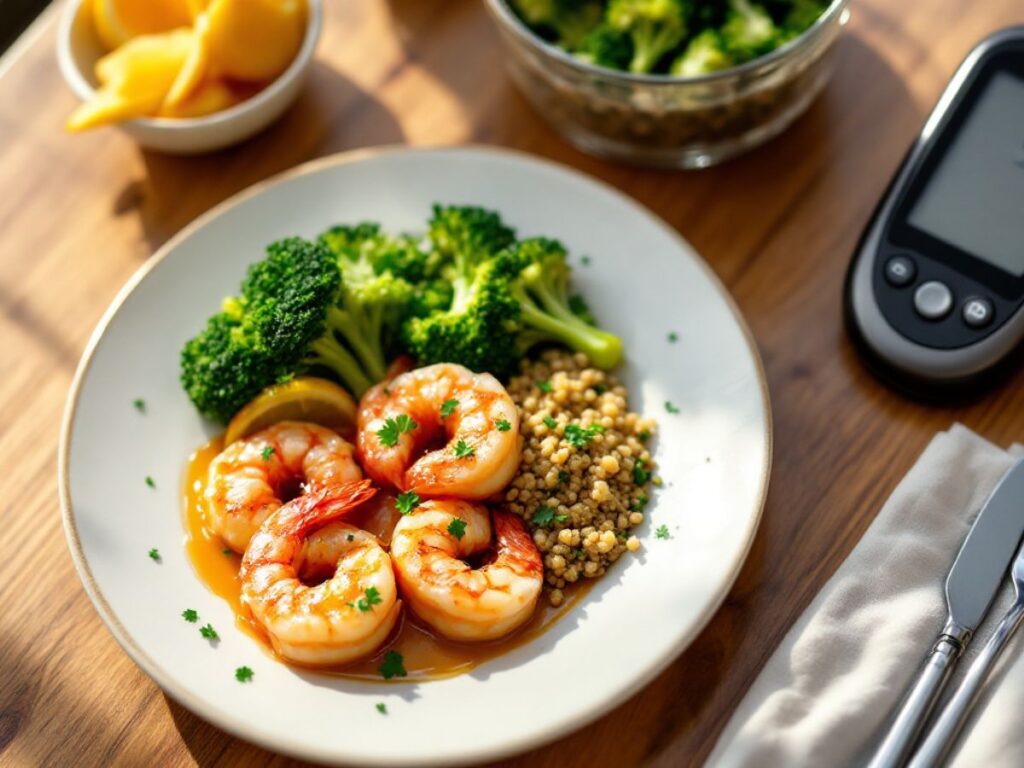
I decided to dive deep into this topic, not just because I love cooking with shrimp, but because understanding its impact on diabetes is personal for me.
As we explore the relationship between shrimp, blood sugar, and blood glucose levels, I’ll share insights from my culinary journey and practical advice for incorporating shrimp into a diabetes-friendly diet.
The Nutritional Profile of Shrimp
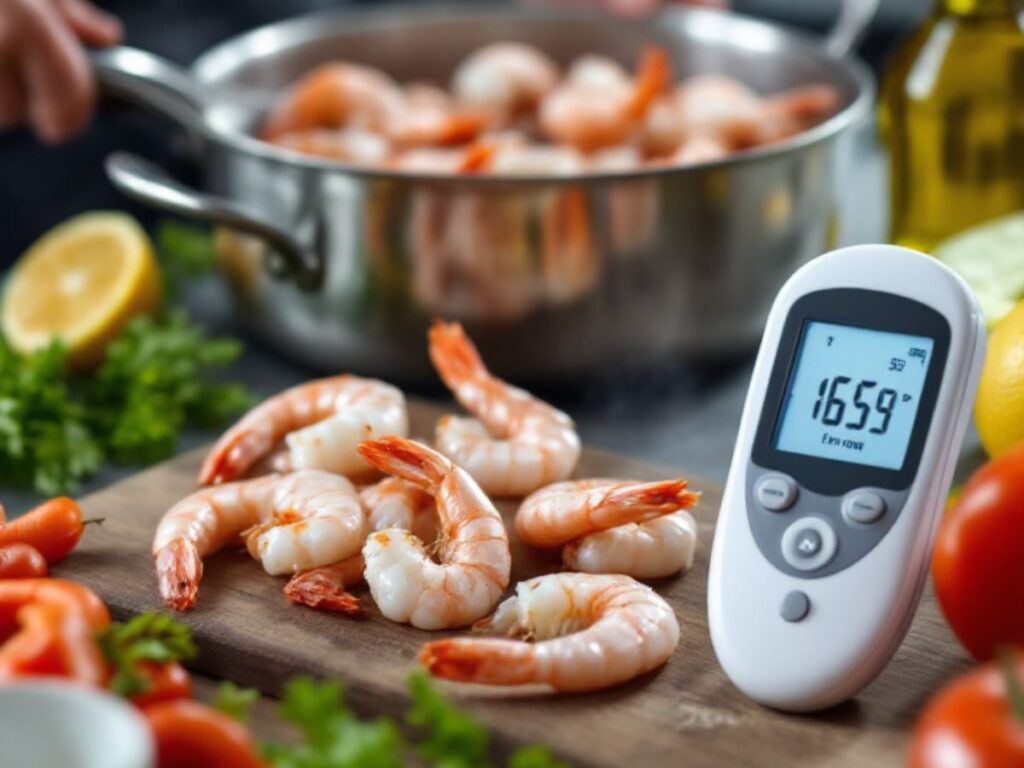
After setting the stage with our dive into the importance of shrimp in a diabetic diet, it’s time to zoom in on what makes shrimp a standout seafood choice, especially for those managing diabetes and heart disease.
At its core, plain cooked shrimp is a powerhouse of nutrition, offering many benefits without weighing your plate with unwanted carbs, saturated fat, or calories. Here’s why shrimp is more than just a culinary delight:
High-Quality Protein: Essential for repairing body tissue and maintaining a healthy immune system, shrimp provides a lean source of protein that’s easy on the blood sugar levels. This makes it an excellent choice for maintaining muscle mass without risking a spike in glucose levels.
Omega-3 Fatty Acids: These essential fats are not just good for the heart; they also regulate blood sugar levels. Omega-3s can help reduce inflammation and improve insulin sensitivity, making shrimp a smart addition to a heart-healthy diabetes diet.
Vitamins and Minerals Galore: Shrimp is loaded with selenium, a powerful antioxidant that can help fight inflammation and protect against heart disease. It’s also rich in vitamin B12, iron, phosphorus, and zinc, nutrients that support energy production and immune function.
Given its nutritional profile, shrimp offers a versatile and beneficial option for those looking to manage their diabetes and cardiovascular health while enjoying the rich flavors of seafood.
Incorporating shrimp into your diet can help you navigate the challenges of eating well with diabetes, providing a delicious way to fuel your body without compromising taste or nutrition.
Shrimp and Blood Glucose Levels: The Lowdown
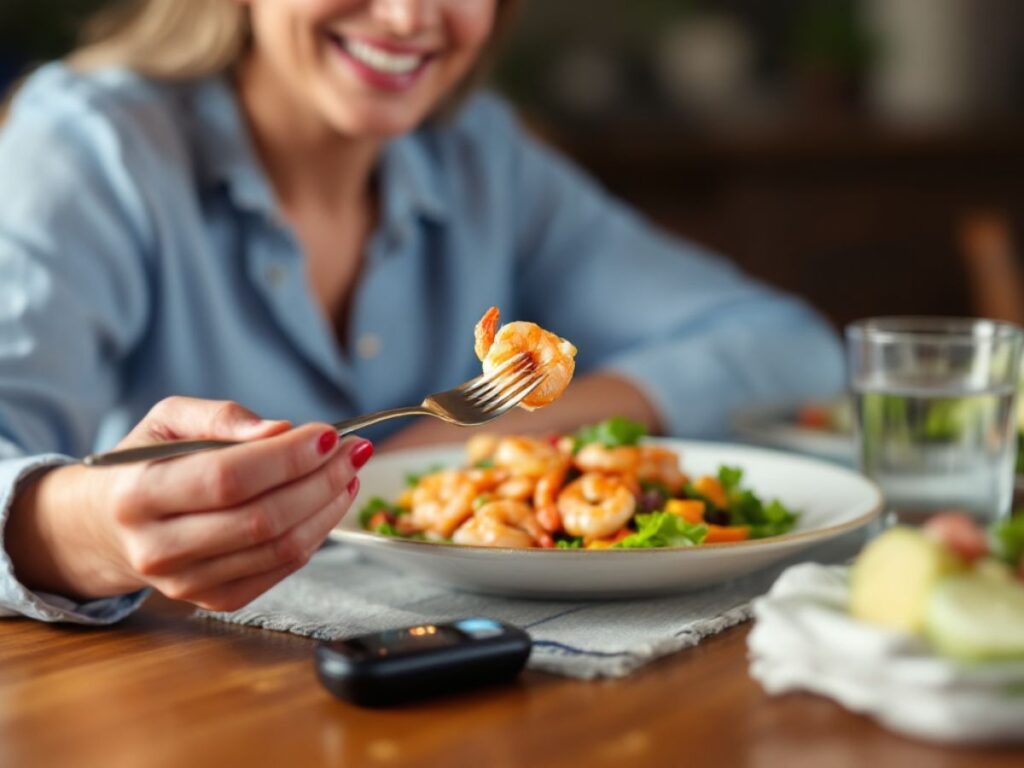
The nutritional makeup of shrimp plays a significant role in why it’s an excellent choice for a diabetes-friendly diet. Here’s how shrimp stands up under the blood sugar microscope:
Low Glycemic Index: Thanks to its negligible carbohydrate content, shrimp has a minimal impact on blood glucose levels. Foods low in carbs and high in protein, like shrimp, are beneficial because they don’t lead to significant spikes in blood sugar, making them ideal for managing diabetes.
Protein for Blood Sugar Control: The high-quality protein found in shrimp supports muscle health and metabolism and helps regulate blood sugar levels. Protein takes longer to digest, leading to a slower, more gradual release of glucose into the bloodstream. This means you can enjoy a shrimp-based meal without worrying about a rapid rise in your blood sugar.
Omega-3 Fatty Acids and Blood Sugar: The omega-3 fatty acids in shrimp are not just good for your heart; they may also aid in improving insulin resistance sensitivity. Better insulin sensitivity can lead to more effective blood sugar control, making shrimp or eating prawns a smart addition to a diabetes management plan.
Integrating shrimp into your diet can be a delightful and nutritious way to diversify your balanced meal while keeping blood sugar levels in check.
Whether planning a family dinner or looking for quick and healthy meal options, shrimp provides a versatile and diabetes-friendly ingredient.
Cooking with Shrimp: Diabetic-Friendly Recipes
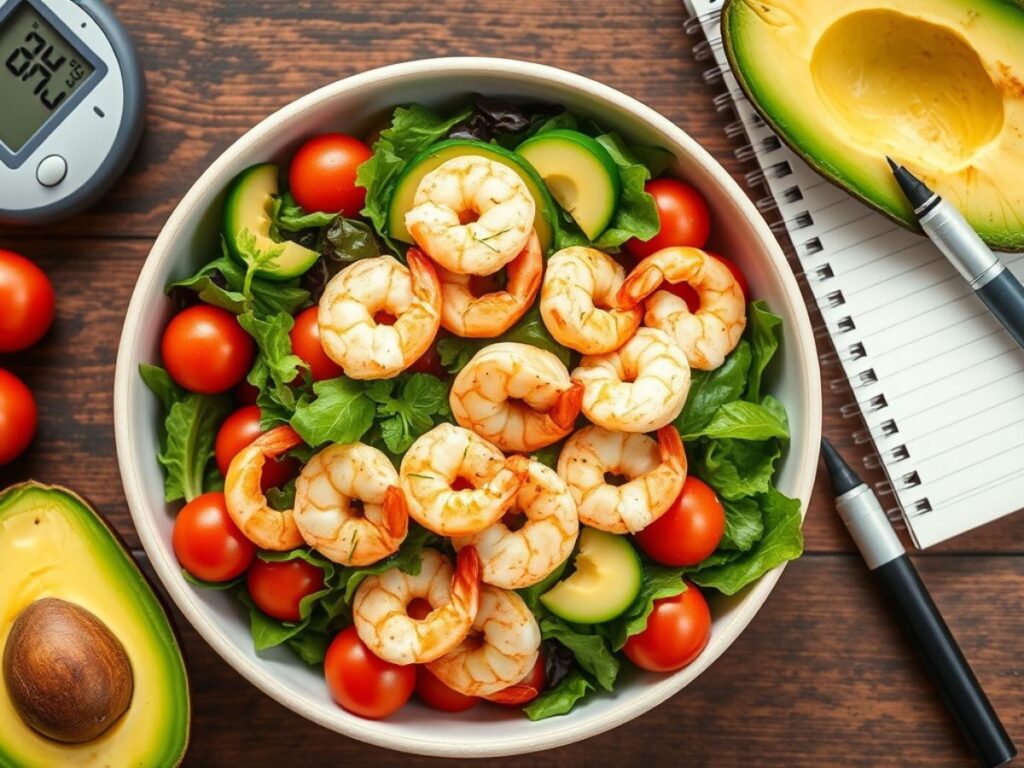
Bringing shrimp into your kitchen offers a world of culinary possibilities, especially when aiming for delicious and diabetes-friendly meals.
My experience crafting meals catering to a range of dietary needs has taught me the importance of balance, flavor, and nutrition. Besides plain, boring shrimp with cocktail sauce, here are some tips and recipe ideas for incorporating shrimp into your diet without compromising blood sugar management:
Healthy Cooking Methods
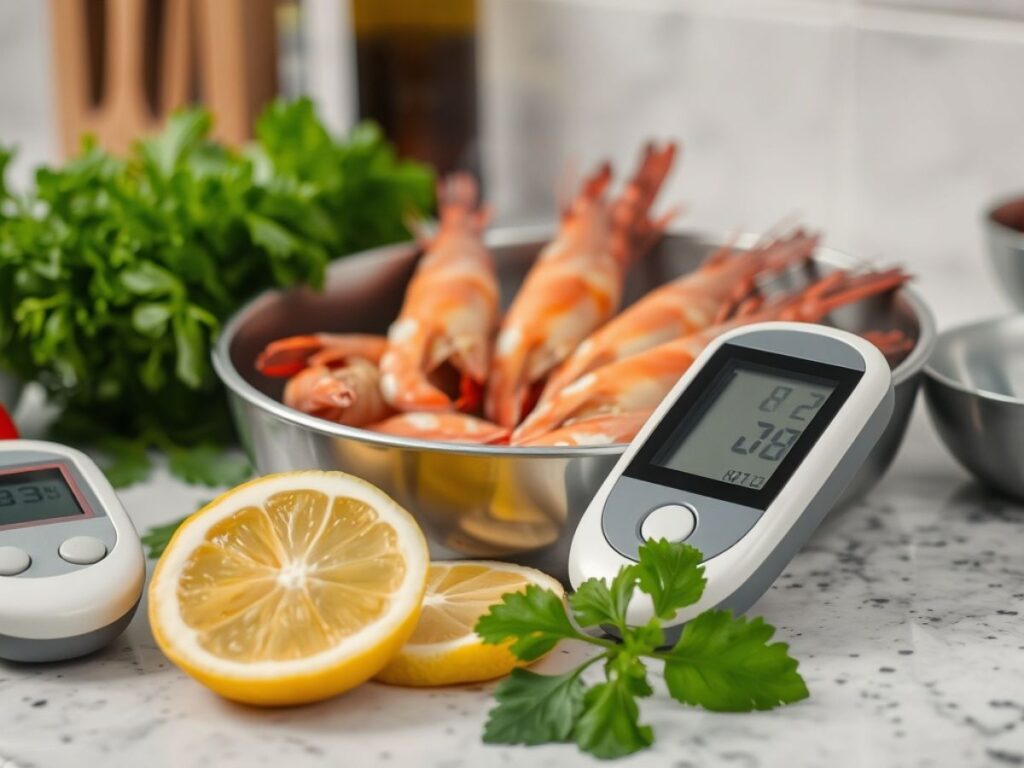
Grilled Shrimp Skewers: Grilling enhances shrimp’s natural flavors without excess oil or fat. Marinate shrimp in a mix of olive oil, garlic, lemon zest, and herbs, then thread them onto skewers and grill until pink and slightly charred. This method preserves the shrimp’s nutritional integrity while adding a smoky depth of flavor.
Steamed Shrimp with Vegetables: Steaming is a gentle cooking method that retains the nutritional value of foods. Combine shrimp with a medley of colorful vegetables in a steamer basket over water—season with herbs and spices for a light, nutritious meal that is easy on blood sugar levels.
Flavorful Pairings
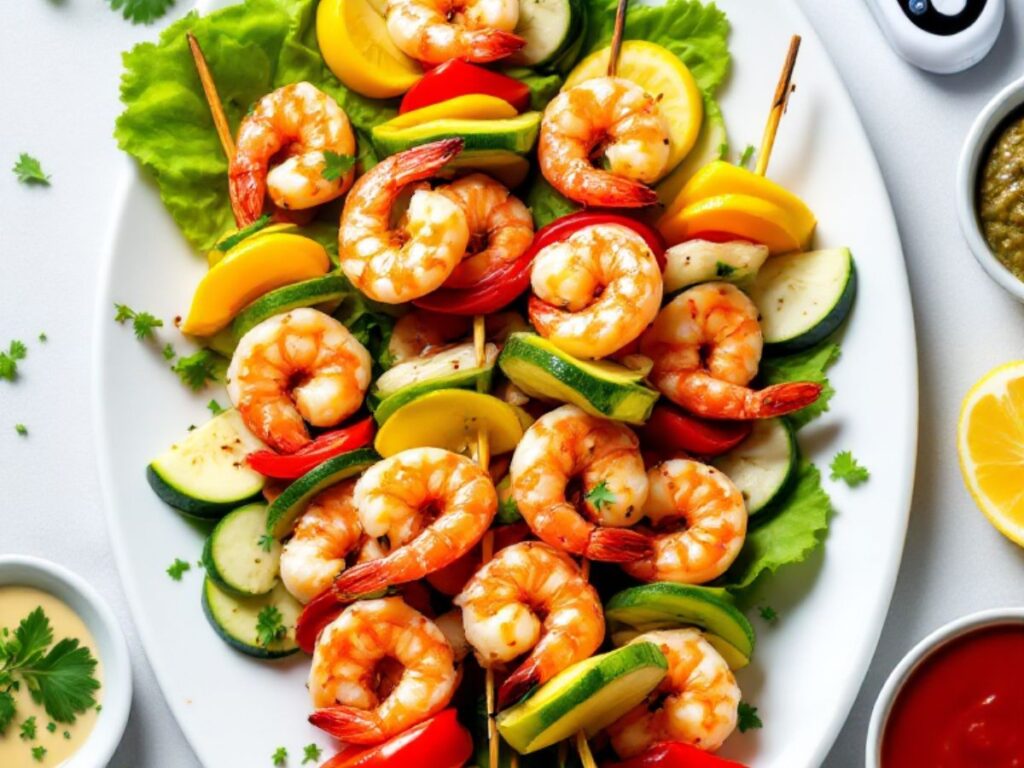
Shrimp and Whole Grain Pasta: Swap out traditional pasta for its whole grain counterpart to add fiber to your meal, which can help manage blood sugar levels. Toss cooked shrimp and pasta with a fresh tomato and basil sauce for a simple yet satisfying dish.
Shrimp Salad with Leafy Greens: Top various leafy greens with grilled or steamed shrimp to create a nutrient-packed salad. Add other non-starchy vegetables and a sprinkle of nuts for crunch, and dress with a vinaigrette made from olive oil and vinegar to keep it light and healthy.
Smart Seasonings
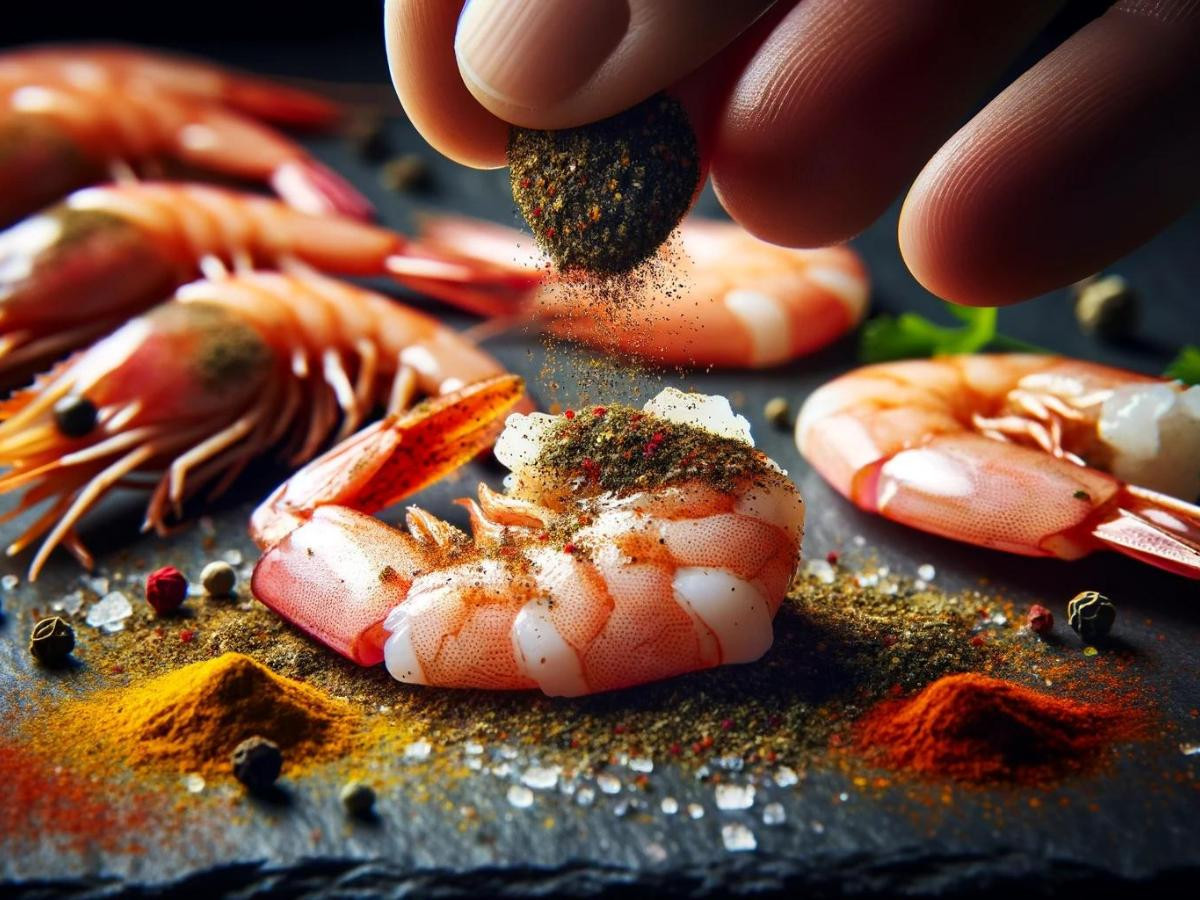
Herbs and Spices: Enhance shrimp’s natural sweetness with fresh herbs like dill, parsley, or cilantro. Spices such as paprika, cumin, and black pepper add depth and warmth without the need for sugary sauces or marinades that can spike blood sugar.
Citrus and Vinegar: Use lemon, lime, or a dash of vinegar to add brightness and acidity to shrimp dishes, elevating flavors without adding unnecessary carbohydrates.
Incorporating shrimp into your diet through these cooking methods and pairings can help maintain a balanced and enjoyable diabetic diet.
Each recipe idea aims to deliver maximum flavor while keeping an eye on the nutritional content, ensuring you can savor your meals without worrying about negatively impacting your blood cholesterol levels.
Final Thoughts: A Balanced Diabetic Diet

Incorporating shrimp into a diabetic diet is not just a viable option but a delightful and nutritious one.
The journey from understanding shrimp’s nutritional benefits to exploring how dietary cholesterol interacts with blood sugar levels and finally mastering diabetic-friendly cooking methods highlights shrimp as a versatile and health-conscious choice.
Shrimp’s high protein content, essential omega-3 fatty acids, and wealth of vitamins and minerals make it a standout in managing diabetes. It aligns perfectly with the need for foods that support blood sugar control, heart health, and overall well-being.
The culinary versatility of shrimp also means that eating healthily doesn’t have to be dull or repetitive. It can be an adventure that tantalizes the taste buds while keeping health in check.
As an executive chef with over 25 years of experience and a personal connection to diabetes through my family, I’ve learned the importance of making informed food choices.
Shrimp, with its low glycemic impact and nutritional prowess, fits beautifully into a balanced diet for diabetes management. It’s about more than just controlling blood sugar; it’s about enjoying a rich tapestry of flavors while nurturing our bodies.
Cooked fish besides breaded and fried fish shrimp in your cooking, experiment with the recipes and tips shared, and discover the joy of creating meals that are as healthy as they are delicious.
Remember, managing diabetes through diet doesn’t mean sacrificing your favorite foods. It means getting creative, making smart choices, and enjoying the bounty of benefits that foods like shrimp have to offer.
FAQ And Additional Information
What kind of seafood can a diabetic eat?

For individuals managing diabetes, selecting the right types of seafood can play a crucial role in dietary planning, aiming for options high in protein, rich in omega-3 fatty acids, and low in unhealthy fats and mercury. Here’s a list of seafood that’s generally considered good for diabetics:
Salmon: Rich in omega-3 fatty acids, which can reduce inflammation and help with insulin sensitivity.
Trout: Like salmon, trout is another excellent source of omega-3 fatty acids and is low in mercury.
Sardines: Small and nutritious, sardines are low in mercury and high in essential nutrients, including omega-3 fatty acids.
Mackerel: This fatty flaked fish is good for heart health, but it’s best to choose the smaller varieties (e.g., Atlantic mackerel) to avoid high mercury levels.
Herring: Known for its high omega-3 content, herring is also a good source of vitamin D.
Tuna: Light, canned tuna is a convenient, low-mercury option. However, mercury concerns in larger tuna species make it important to consume it in moderation.
Shrimp: Shrimp is low in fat and calories and a good protein source, although it’s higher in cholesterol than other seafood options. In moderation, shrimp is generally considered safe for diabetics.
Crab: Low in fat and containing zinc and selenium, crab is a nutritious choice for people with diabetes.
Cod: A lean protein source low in fat and high in vitamins B12 and B6.
Scallops: Low in calories and fat, scallops offer a high-protein option for a diabetes-friendly diet.
Incorporating these types of seafood into your diet can offer health benefits without significantly impacting blood sugar levels and blood pressure. It’s important, however, to pay attention to preparation methods.
Opting for grilled, baked, or steamed seafood rather than fried can help maintain the dish’s nutritional integrity and support overall health goals. Additionally, pairing seafood with a balanced plate of vegetables, whole grains, and healthy fats is beneficial to create a nutritious, diabetes-friendly meal.
What is the best thing for a diabetic to eat before bed?

Choosing the right snack before bed can help people with diabetes maintain stable blood sugar levels overnight. The key is to opt for snacks that are low in carbohydrates, rich in protein, and contain healthy fats and fiber. Here are some diabetes-friendly bedtime snack ideas:
A Handful of Nuts: Almonds, walnuts, or pecans are great choices. They’re high in healthy fats, protein, and fiber, which can help keep blood sugar levels stable.
Cheese and Whole-Grain Crackers: A small serving of cheese with a few whole-grain crackers provides protein, fiber, and healthy fats.
Greek Yogurt with Berries: Opt for plain Greek yogurt to avoid added sugars. The combination of protein in the yogurt and fiber in the berries can support stable overnight blood sugar levels.
A Small Apple with Peanut Butter: The fiber in the apple and the protein and healthy fats in a tablespoon of peanut butter make for a satisfying, blood sugar-friendly snack.
Vegetable Sticks with Hummus: Carrot, cucumber, or celery sticks dipped in a small portion of hummus offer a mix of fiber, protein, and healthy fats.
A Hard-Boiled Egg: Eggs are a good source of protein and can help prevent nighttime blood sugar spikes.
Cottage Cheese: Low-fat cottage cheese is high in protein and can be paired with a small amount of fruit for added fiber.
Avocado: Eating a small or half a larger avocado provides healthy fats and fiber, contributing to blood sugar stability.
Chia Seed Pudding: Made with unsweetened almond milk and a small serving of chia seeds, this pudding is high in omega-3 fatty acids, fiber, and protein.
Roasted Chickpeas: A small serving of chickpeas roasted with a sprinkle of spices offers a crunchy snack high in protein and fiber.
When choosing a bedtime snack, people with diabetes must consider their individual blood sugar responses to foods, as these can vary. Monitoring blood sugar levels before and after consuming bedtime snacks can help identify the best options for maintaining stability throughout the night.

